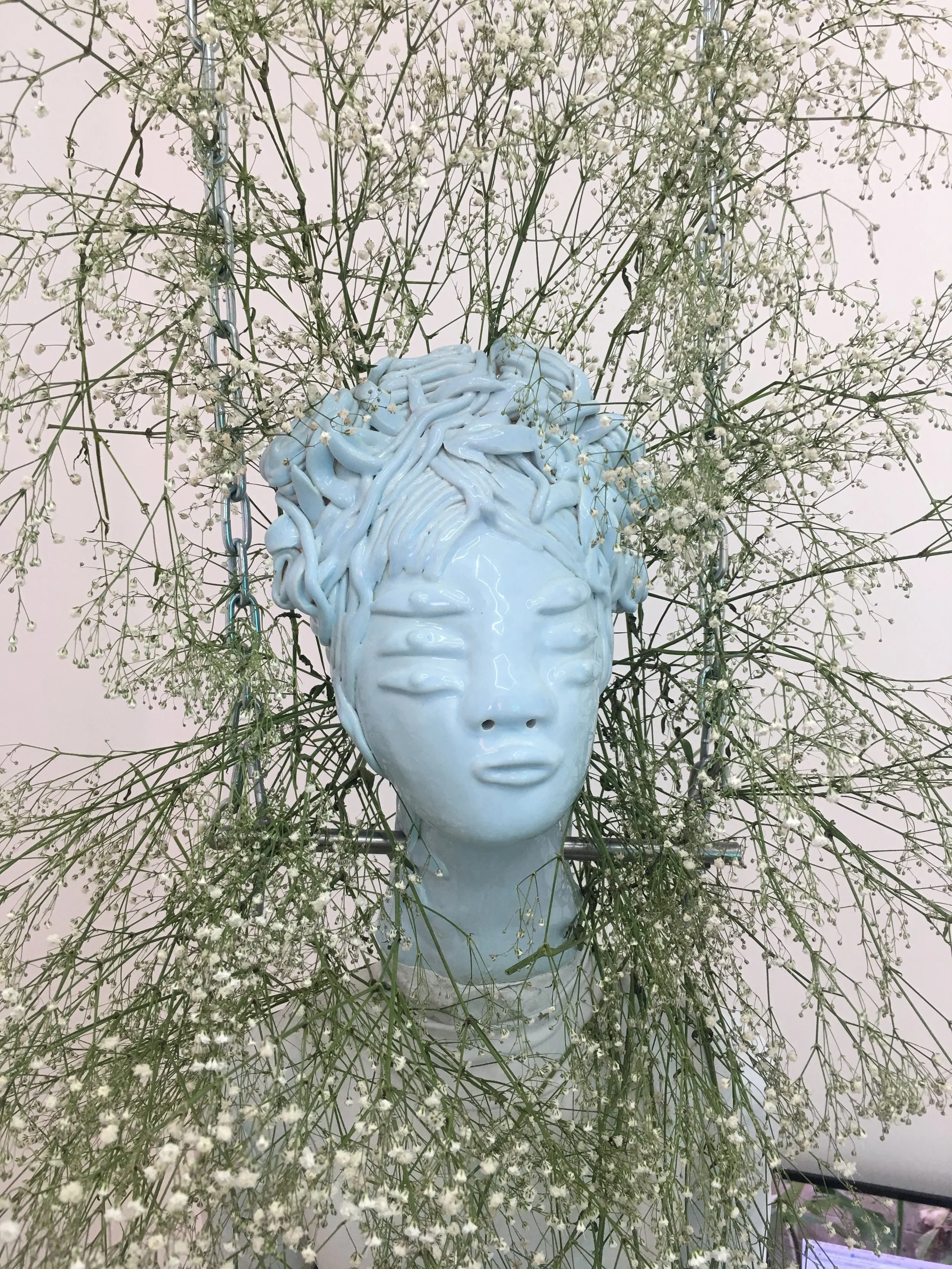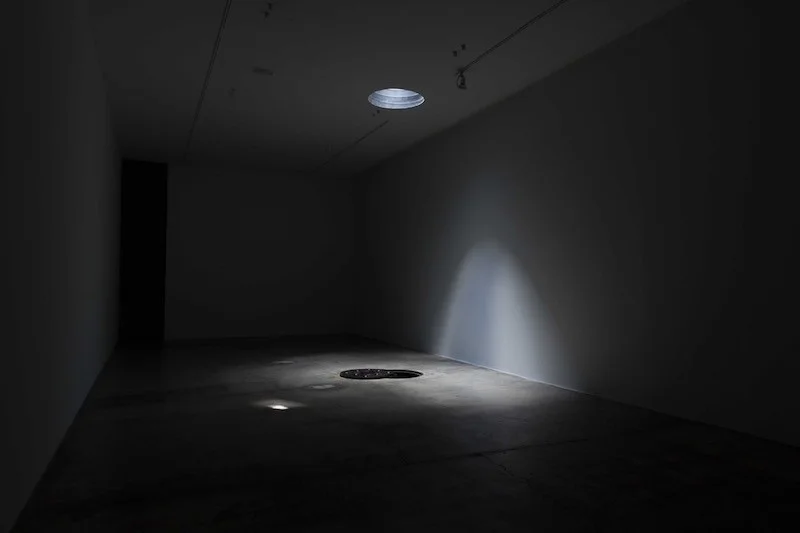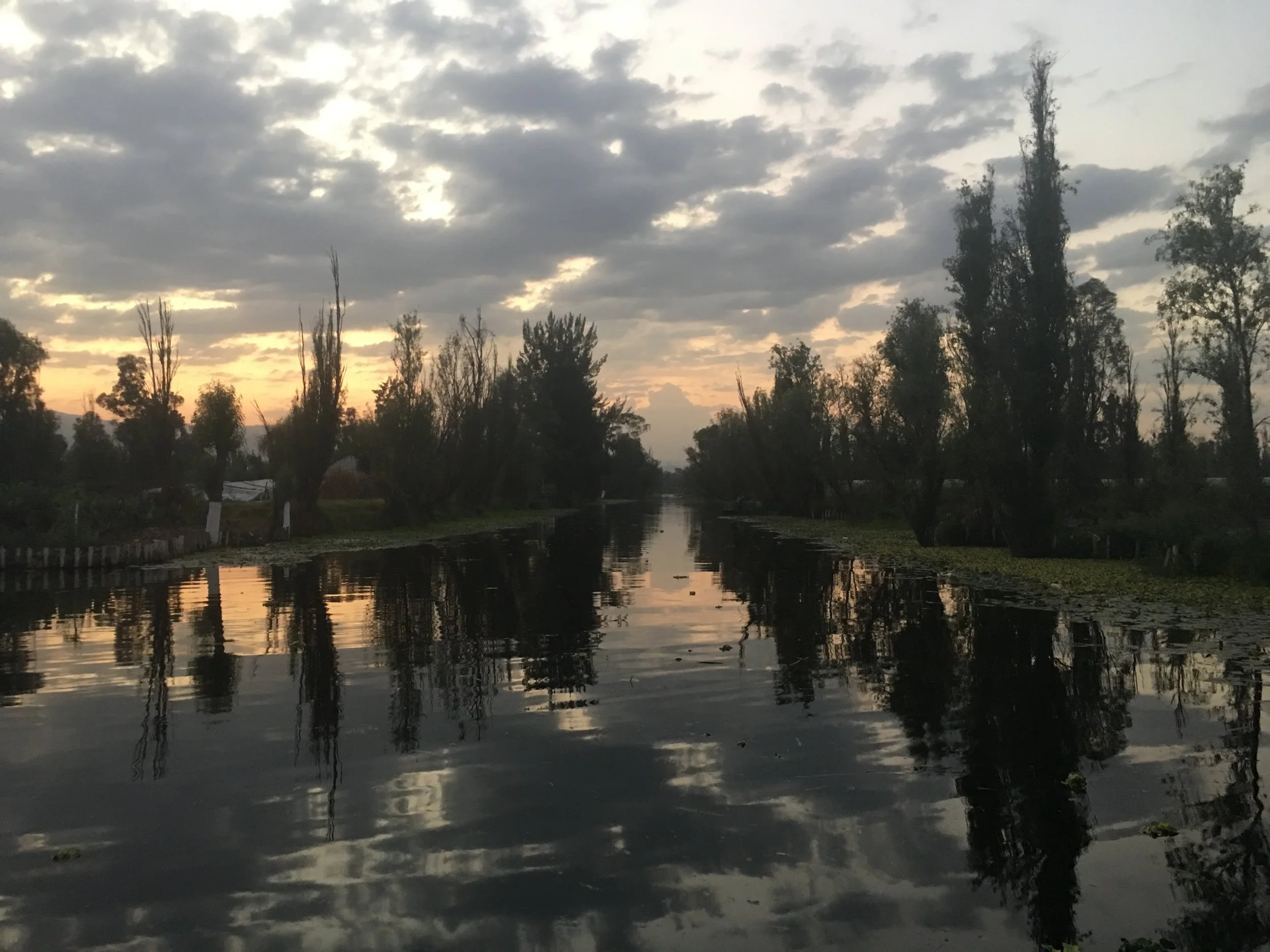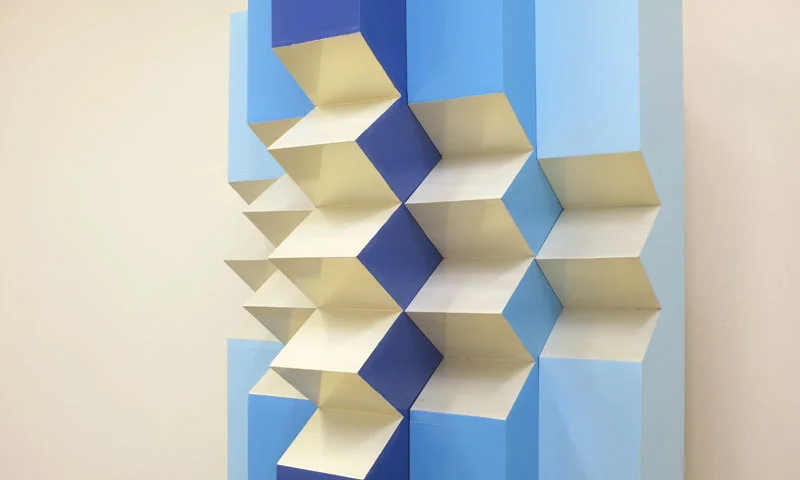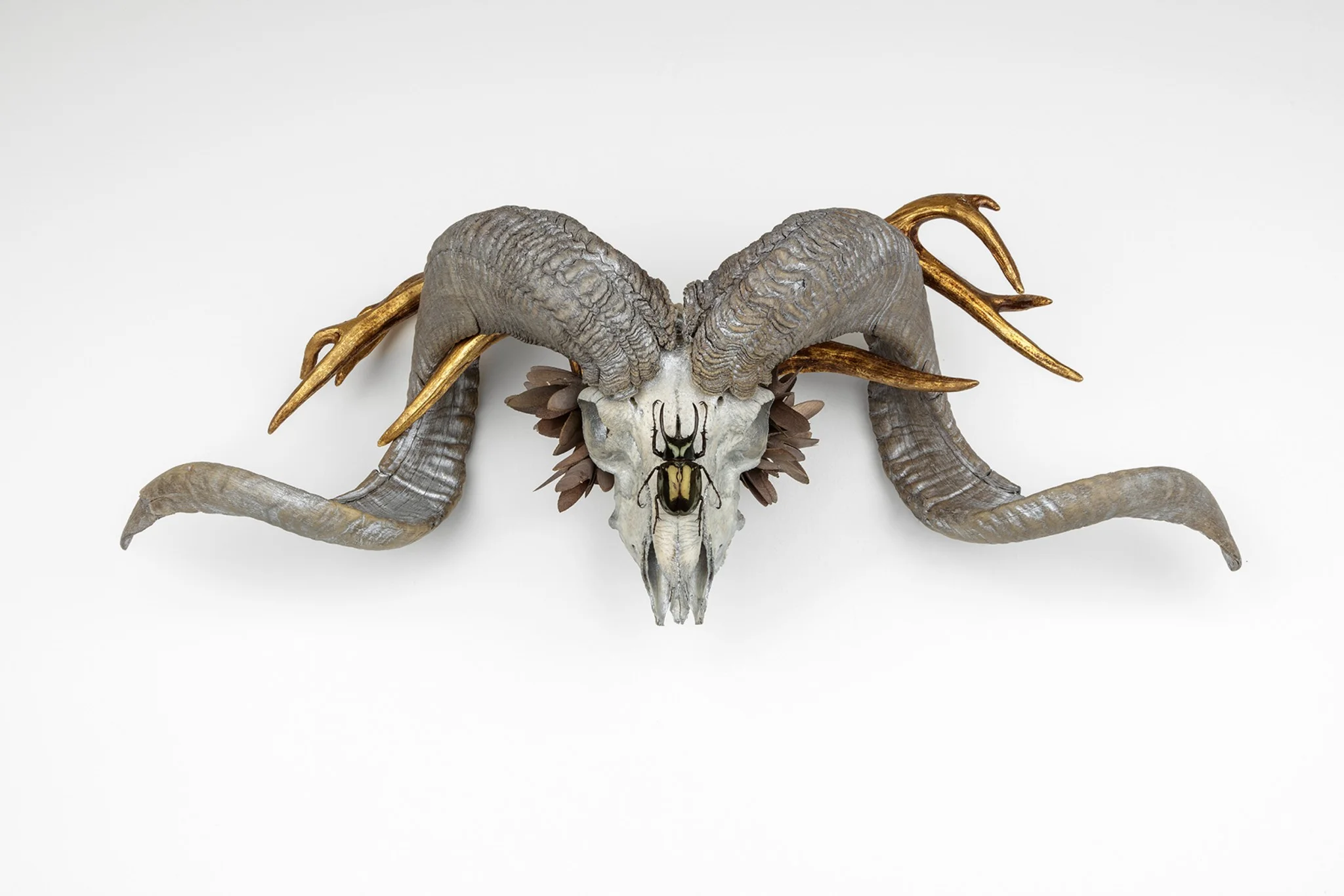de Appel // Everything is New // The Right to Breath as Shibboleth
Part i: "What I say now may not be true tomorrow"
I picture us like a PacMan macroverse. 7.8 billion Inkies, Blinkies, Pinkies and Clydes swarming, munching dots, dodging boogie-ghouls until a glitch freezes our hubbub at random. Liminal transitions suddenly feel like forever positions.
But in reality, that's a view of privileged malaise. With two 00's like nostrils through which to inhale and exhale, 2020 is the year of reckoning the relative right to breath as a shibboleth dividing the global populous into two classes.
Art Agenda // Moving Backwards at JOAN Los Angeles
Image courtesy of Renata Lorenz, Pauline Boudry and JOAN
As I sit to organize my thoughts on Pauline Boudry and Renata Lorenz’s installation Moving Backwards, currently on show in Los Angeles project space JOAN, breaking news alerts slide anxiously across my screen like ephemeral disaster poetry:
Momus // Marfa’s Two-Step: The Uneasy Landscape of Minimalist Heaven
The town’s charms consolidate around a yin and yang of two primary attractions: the preservation of Donald Judd’s presence and the promised absence of anyone else. This contrast tinges the town with an aura of pilgrimage, which is thickened by its relative remoteness. With the nearest city about three hours away, Marfa’s location presents a gauntlet for would-be visitors. If Marfa is Minimalist heaven, it seems unlikely that its patron saint, the famously prickly Donald Judd, would suffer the presence of devotees by convenience.
Art Agenda // Dancing at the End of the World
image courtesy of kim córdova
Mousse Magazine // Yto Barrada at Casa Estudio Barragán
Double Skin, Yto Barrada’s exhibition in the architect’s home, presents her works in three main thrusts: prints and wallpaper inspired by paste papers found in books in Barragán’s personal library; a continuation of her work with natural dyes; and abstract video animations.
Solar Magazine // Travesia Cuatro
Coming soon
Art Agenda // Mexico City Art Week
The show is particularly resonant in the context of Art Week CDMX, the annual week of cultural offerings organized to coincide with Mexico City’s art fairs.
Art Agenda // Gallery Weekend CDMX 2018
Gallery Weekend 2017 was marked by a sense of solidarity. Mexico City’s cultural landscape features a number of bitter divisions spawned from the branching off of the cultural family tree as former partners split and set up their own shops, strengthening the scene with their numbers, but creating bitterly genteel rivalries in the process.
Good Magazine // Charting A Greener Future For Mexico’s Aztec Floating Gardens
Charting A Greener Future For Mexico’s Aztec Floating Gardens.
Two projects aim to save Mexico’s ancient canals.
Momus // Jill Magid's Post-Truth Diamond Proposal
As the spectacle of the 2016 United States presidential elections played out over the summer, Mexico hosted a surreal visit by a well-known, polarizing New Yorker. Mirroring Trump in her own way, Brooklyn-based conceptual artist Jill Magid brandished symbols of wealth and messianic messaging, while conducting a master-class in media manipulation.
Art Review // Edgar Orlaineta: History is taking flight and passes forever
‘History is taking flight and passes forever,’ wrote Isamu Noguchi from the Poston War Relocation Center internment camp in Arizona in a letter to Man Ray, expressing his frustrations at the US policy towards Japanese Americans during the Second World War.
In his exhibition titled after the famed designer’s lamentation, Edgar Orlaineta presents new sculptural works and an installation that considers the political and artistic legacies of Japanese-American icons of mid-century art and design who had been interred in concentration camps in the US, a history that was something of a suppressed anathema in contemporary American consciousness and is now being invoked into broad awareness by Donald Trump’s proposals.
Art Agenda // Lima Gallery Round Up
I’ve often found myself wondering whether it would really be such a radical gesture to show a majority of work by women without bracketing it as women’s work. What would it be like to experience a city filled with exhibitions that weren’t reinforcing the patriarchal tendencies of the art world?
In Lima this possibility came true.
frieze // Postcard from Lima
In a city where food is top of the cultural pile, several small alternative spaces are leading the emergence of a vibrant contemporary art scene
SFMOMA Open Space // Drawing the Curtain: New and Old Violence in 3 Acts
It was my first week in Mexico City and someone was screaming outside my window. At first I thought it was a drunk headed home from a nearby bar; as it grated on, I realized this was no drunk.
Art Review // Beyond Lawn and Order
Print only. October 2016
frieze // Nicholas Ceccaldi at House of Gaga
In ‘Les Chemins de la Honte – The Path of Shame’ at House of Gaga, Nicolas Ceccaldi presents just such a series of mass-produced works – purchased from the Pier 1 Imports section of a Sears department store in Mexico City – which he has altered with paint-pen markings, paper collages, animal skulls, butterfly wings, fabric flowers and hair clips. A series of wall-mounted animal skulls has also been similarly decorated.
Art Review // Chelsea Culprit
Chelsea Culprit’s Miss Universe reimagines the titular parade of competitive objectification as the psychic mise-en-scène of a strip club locker room, strewn with all the defences, reconciliations and intimacies needed to survive the pressure to perform.
Art Review // The Natural Order of Things
Review of the Natural Order of Things at Museo Jumex in the Summer 2016 issue of Art Review




